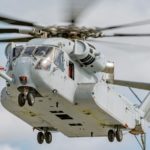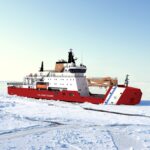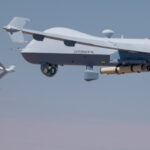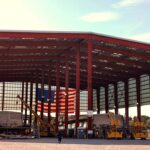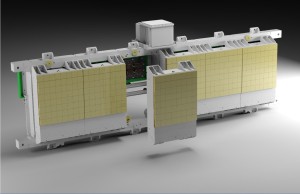
Last week Northrop Grumman [NOC] unveiled its new Vanguard multi-function, modular, open architecture radar system, touting its flexibility to scale up and apply to a plethora of platforms.Vanguard consists of individual panels about one square foot each, with each panel being a complete radar in itself. Each panel can act as an independent radar, or multiple panels can be connected to make a single larger radar array. The system is being aimed at air, sea, ground, and space-based capabilities, although…

 By
By 